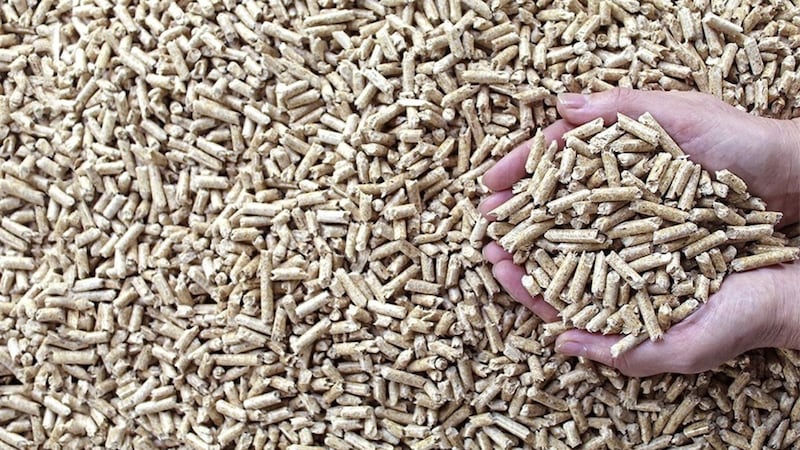Simon Harris and his Tánaiste Micheál Martin may be banking on Sinn Féin’s woes as they weigh calling an election, but surveys suggest severe housing shortages will still be uppermost for voters when the Dáil campaign gets underway.
The coalition faces the charge that the housing crisis has only worsened, with policies to encourage home building falling far short of what is required for a population undergoing an extraordinary growth spurt.
There are many ways of measuring the crisis. House building has taken time to recover from the covid lockdowns, but the government’s hopes for the delivery of up to 40,000 new homes this year will likely be decisively dashed.
The rents charged by private landlords have climbed, leaving many young people in their 20s paying astronomical sums for housing, even after accounting for significantly higher wage levels in the Republic.
More worryingly, the government’s own figures show the sharp social cost of housing shortages: More than 4,000 children are housed in emergency accommodation despite an economy long hailed as being among the richest in Europe.

Central Statistics Office figures suggest shortages have sent house prices rocketing again. They were up by over 10% in the past 12 months. A home across the populous Dublin area now sells at an average of €462,000 (£385,190).
Buying in other regions may cost less – €310,000 in County Louth, €207,250 in Monaghan, €200,000 in Cavan, and for €180,000 in Donegal – but prices have been rising rapidly nonetheless.
That points to housing becoming “the preserve of an ever smaller and exclusive group of people with high incomes”, says senior economist Austin Hughes.
“The shortfall in housing is undoubtedly the shadow cast over an otherwise very successful economy,” Hughes tells the Irish News.
He cites the all-Ireland consumer sentiment surveys he compiles for Credit Unions that suggest delivery of homes is among the top issues troubling voters ahead of an election.
How did it get so bad? Kieran McQuinn, professor at the Economic and Social Research Institute, says the financial crash of 16 years ago is still casting a shadow over house builders and their scarred lenders.
“Only for the government there would be very little output,” McQuinn tells the Irish News.
But after years of delays, the government is encouraging local authorities to build houses.
A further €1.25 billion allocated for 2025 for The Land Development Agency unveiled in the budget this month and an additional €1.7 billion for infrastructure agency Uisce Eireann will help, McQuinn says.
Most elements of the housing crisis have deep roots.
Relying on the private sector to build social housing, and the construction of apartment blocks for rent, mean “housing policy is doing the opposite of what we want it to do”, says Dr Lorcan Sirr, senior lecturer at the Technological University Dublin.
But he notes that the building out of the Dublin suburbs such as Marino from 1924, Cabra and Crumlin into the 1930s, and Finglas in the late 1950s, provides hope that the latest housing crisis can be tackled.
John McCartney, director at property firm BNP Paribas Real Estate, says its surveys show housing construction activity is on the up but that completions this year won’t be much higher than the 32,000 new homes built in 2023.
And this comes despite a sharp spike in commencements spurred by tax changes in April.
The government’s once incoherent housing plans have been caught out by a surging economy and population.

However, the population in the 26 counties has grown to almost 5.4 million, suggesting an all-Ireland population of over 7.4 million people that is still well below levels before the Great Famine in the 1840s.
“We have not seen population and economic growth at this level since the Celtic Tiger era and as a result the housing market is being put under intense pressure,” says Conall Mac Coille, chief economist at lender Bank of Ireland.
Based on population ratios, Mac Coille’s estimates the Republic would need an additional 206,000 new homes to match levels of the UK’s housing stock. Of course, huge amounts of new housing cannot just be wished into being before an election.
Over at the Central Bank, the regulator estimates that 52,000 new homes per year could “reasonably be needed” over the coming decades. But the prescription comes with a warning.
“Planning issues, availability of supporting infrastructure and serviced land, and productivity of the construction sector must be addressed, enabling greater access to finance so as the housing sector can produce the number of units required,” it says.
Eamon Quinn is at eamon.quinnbiz@gmail.com








